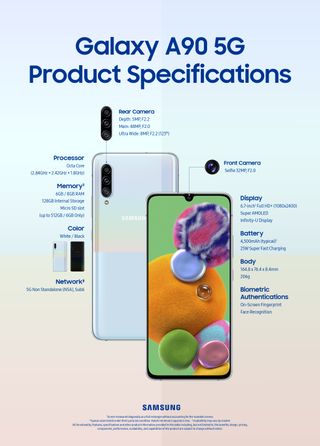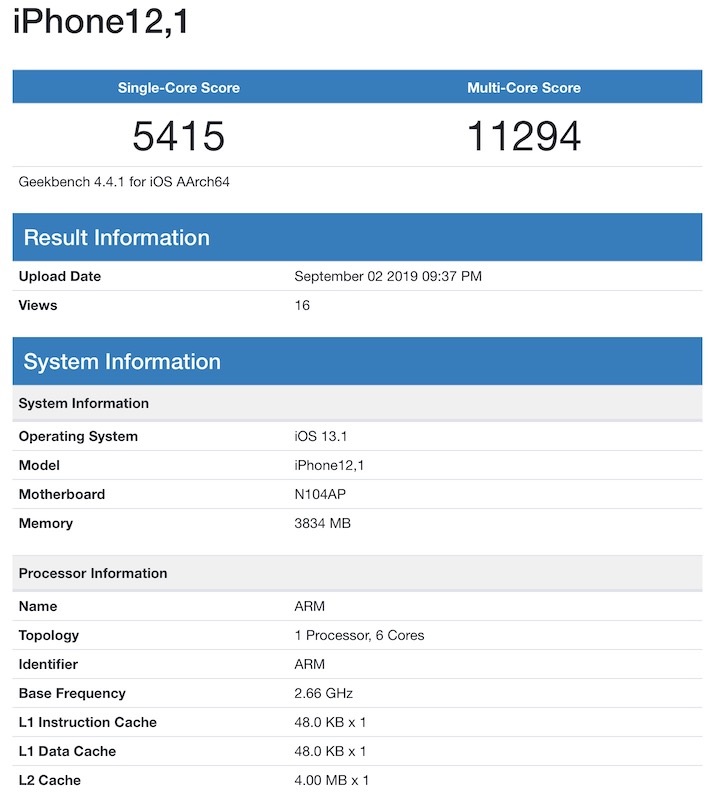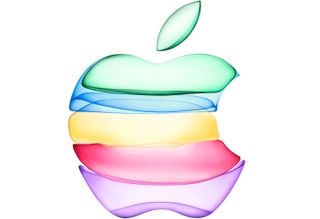After details of the Galaxy A90 5G leaked less than 24 hours ago, Samsung has confirmed that the third of its smartphones to get the 5G treatment won't be an expensive flagship, but will instead come from its mid-range Galaxy A series.
Following the earlier Galaxy S10 5G and the Galaxy Note 10 5G, the A90 5G aims to offer the same future-ready connectivity that Samsung’s more premium handsets include, but at a much lower cost.
Although official pricing has yet to be announced at this stage, it's set to launch in Korea tomorrow (September 4, 2019) and is rumored to cost around 900,000 KRW – or about $740 (£610 / AU$1,100). Whatever the final pricing, the Galaxy A90 5G will almost certainly come in at below the Galaxy S10 5G, which carries a recommended price of $1,299 / £1,099 / AU$1,999.
With that said, the cost of the mid-range market has shifted considerably in recent years – the Samsung Galaxy A70 costs £369 in the UK (AU$649, around $445) and the Galaxy A80 will set you back £579 (around $700 / AU$1,030), which is arguably pushing into premium territory.
Considering the A90 5G will be packing a Qualcomm Snapdragon 855 – the Qualcomm's latest chipset that's found in many current Android flagships – along with a 6.7-inch FHD+ (1,080 x 2,400) AMOLED display, this handset will likely be the most expensive ‘mid-range’ phone available... if it can still even be considered for the category at all.

(Image credit: Samsung)
Some other features confirmed for the A90 5G include a triple-camera array, with a 48MP primary camera alongside another two dedicated to depth-of-field tricks and ultra wide shots, respectively.
Those are backed up by a variety of AI tools to help optimize your snaps, and a 32MP front-facing camera with a similar arsenal of selfie-improving software tricks is housed in a small notch on the front.
Samsung also promises a dedicated Game Booster mode, 6GB or 8GB of RAM, 128GB of storage (plus a microSD card slot), a 4,500mAh battery with 25W Super Fast Charging, on-screen fingerprint scanner, face recognition, and compatibility with the brand’s DeX mode.
Samsung has announced that the Galaxy A90 5G will be available in black or white from September 4 in Korea and “will expand to additional markets thereafter”. Australia is among those confirmed markets, but actual pricing and availability information was still TBC at the time of writing.
https://www.techradar.com/news/samsungs-new-galaxy-a90-aims-to-make-5g-more-affordable
2019-09-03 06:13:00Z
52780369465419




